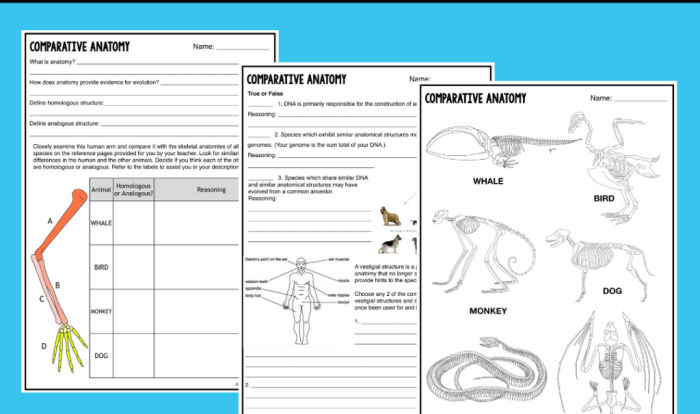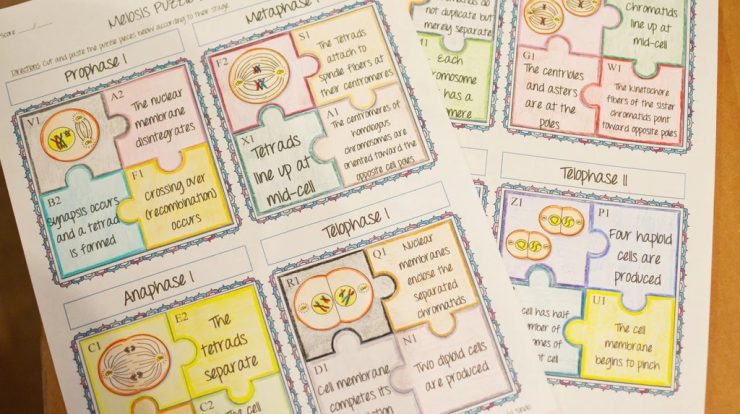Embark on a journey into the realm of cell division with our comprehensive animal and plant mitosis worksheet answer key. Delve into the intricate processes that govern the very essence of life, unraveling the mysteries of cellular reproduction with unparalleled clarity and precision.
Our meticulously crafted worksheet delves into the complexities of mitosis, providing a thorough understanding of its significance in both the animal and plant kingdoms. With detailed diagrams, thought-provoking questions, and expert-verified answers, this resource empowers you to grasp the fundamental concepts of cell division, unlocking the secrets of life’s continuity.
Animal Mitosis
Animal mitosis is a process of cell division that results in two identical daughter cells. It occurs in somatic cells, which are all cells in the body except for gametes (sex cells). Mitosis is essential for growth, development, and tissue repair.
The process of animal mitosis can be divided into four stages: prophase, metaphase, anaphase, and telophase. During prophase, the chromosomes become visible and the nuclear envelope begins to break down. In metaphase, the chromosomes line up in the center of the cell.
In anaphase, the chromosomes are separated and pulled to opposite ends of the cell. In telophase, two new nuclear envelopes form around the chromosomes and the cell membrane pinches in the middle, dividing the cell into two daughter cells.
Animal mitosis is a highly regulated process that is essential for the proper development and functioning of the organism.
Diagram of Animal Mitosis, Animal and plant mitosis worksheet answer key
[Diagram of animal mitosis with labels]
Plant Mitosis
Plant mitosis is a process of cell division that results in two identical daughter cells. It occurs in somatic cells, which are all cells in the plant except for gametes (sex cells). Mitosis is essential for growth, development, and tissue repair.
The process of plant mitosis is similar to that of animal mitosis, but there are a few key differences. First, plant cells have a cell wall, which must be broken down before the cell can divide. Second, plant cells have a large central vacuole, which must be divided between the two daughter cells.
Finally, plant cells have chloroplasts, which must also be divided between the two daughter cells.
Plant mitosis is a highly regulated process that is essential for the proper development and functioning of the plant.
Diagram of Plant Mitosis
[Diagram of plant mitosis with labels]
Comparison of Animal and Plant Mitosis
The following table compares animal and plant mitosis:
| Characteristic | Animal Mitosis | Plant Mitosis |
|---|---|---|
| Cell wall | No | Yes |
| Central vacuole | No | Yes |
| Chloroplasts | No | Yes |
| Centrosomes | Yes | No |
| Number of daughter cells | 2 | 2 |
The main differences between animal and plant mitosis are due to the presence of a cell wall in plant cells. The cell wall must be broken down before the cell can divide, and the large central vacuole must be divided between the two daughter cells.
Additionally, plant cells have chloroplasts, which must also be divided between the two daughter cells.
The evolutionary significance of the differences between animal and plant mitosis is not fully understood. However, it is thought that the presence of a cell wall in plant cells may have been a factor in the evolution of the two different types of mitosis.
Query Resolution: Animal And Plant Mitosis Worksheet Answer Key
What is the significance of mitosis in living organisms?
Mitosis is crucial for growth, tissue repair, asexual reproduction, and the maintenance of genetic stability within multicellular organisms.
How do animal and plant mitosis differ?
Animal mitosis occurs in the absence of a cell wall, while plant mitosis involves the formation of a cell plate during cytokinesis.
What is the evolutionary significance of the differences between animal and plant mitosis?
The presence of a cell wall in plants necessitated the evolution of a distinct cytokinesis mechanism to ensure proper cell division.

